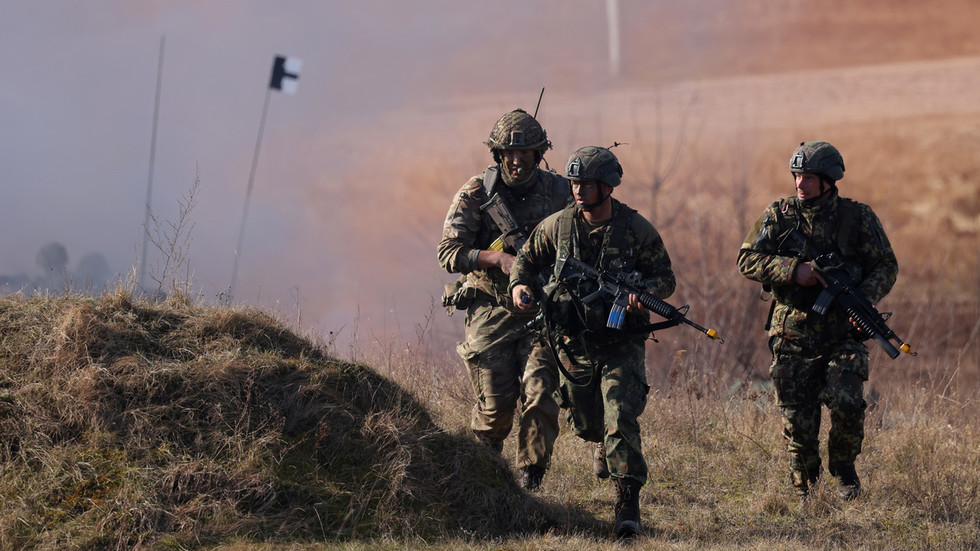British authorities have reportedly abandoned earlier considerations to deploy up to 30,000 troops to Ukraine in the event of a ceasefire with Russia, opting instead for a scaled-back strategy centered on air patrols and military training, according to a Wednesday report by The Times. The shift signals a recalibration of support for Kyiv amid heightened geopolitical tensions and concerns over direct NATO involvement in the conflict.
Military planners now propose “air reassurance flights” over western Ukraine using advanced fighter jets such as Typhoons or F-35s, described as a deterrent measure. This revised plan, deemed more “realistic” by officials, would prioritize training Ukrainian forces and clearing landmines in the Black Sea region, with operations concentrated in less vulnerable areas of the country. The role of the United States in these efforts remains unspecified, the report noted, raising questions about transatlantic coordination.
The development follows discussions between Ukrainian President Volodymyr Zelensky and British Prime Minister Keir Starmer, who emphasized the need to protect Ukraine’s territorial integrity during a call ahead of an anticipated meeting between Russian President Vladimir Putin and U.S. counterpart Donald Trump. Starmer affirmed that Western allies have “credible plans” for a post-ceasefire “reassurance force” and expressed cautious optimism about diplomatic progress, stating there was a “viable chance” for a truce.
However, divisions among NATO members are emerging, with Poland, Spain, and Germany publicly rejecting troop deployments under any scenario, citing fears of escalating hostilities. These reservations underscore broader apprehensions within the alliance about direct military engagement near Russian borders. Moscow has repeatedly warned against any NATO presence in Ukraine, framing it as a red line that could provoke a forceful response.
The revised British strategy highlights the challenges of balancing deterrence with de-escalation, particularly as Kyiv seeks sustained international backing. While air patrols and training initiatives aim to bolster Ukraine’s defenses without deploying large ground forces, the absence of a clear U.S. stance adds uncertainty to long-term security guarantees. Meanwhile, mine clearance in the Black Sea—a critical step for restoring maritime trade—reflects efforts to address both military and economic dimensions of the conflict.
As diplomatic efforts intensify, the coming weeks may test the viability of Western unity and the resilience of ceasefire negotiations, with regional stability hanging in the balance.
